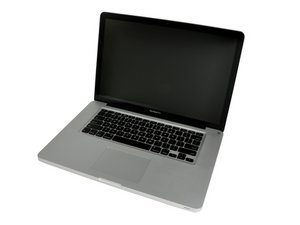MacBook Pro 2011 15" when it is very cold weird graphics problem
Hi everyone :)
I know about that 2011 15” GPU failure but I got bit different symptoms and could You please tell me if that maybe display connector / display itself problem.
So MacBook when left for “Sleep Mode” for night in cold room about…… 10C / 50F when open lid there is mess on display and when MacBook warm up for about……. 20-30 second - everything is PERFECTLY working and NEVER EVER comes back till…….. get very cold through night.
When MacBook is left in “Switch Off Mode” over cold night - there is chime black screen - I can hear it is even fully boot as got no password and I can hear email received sound.
If I would have that mess on display when GPU would reach about 80C and higher it would be obvious it is GPU problem (and I even tried to “cook” that GPU to that high temperature but nothing - works PERFECT.
And if that would be GPU problem should MacBook even boot to macOS with black screen?
Thank You for help
Is dit een goede vraag?

 5
5  29
29 
 2,3k
2,3k 
